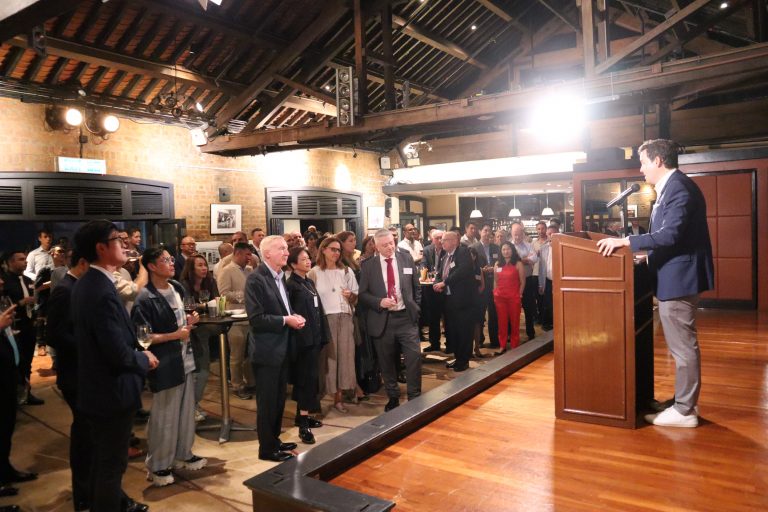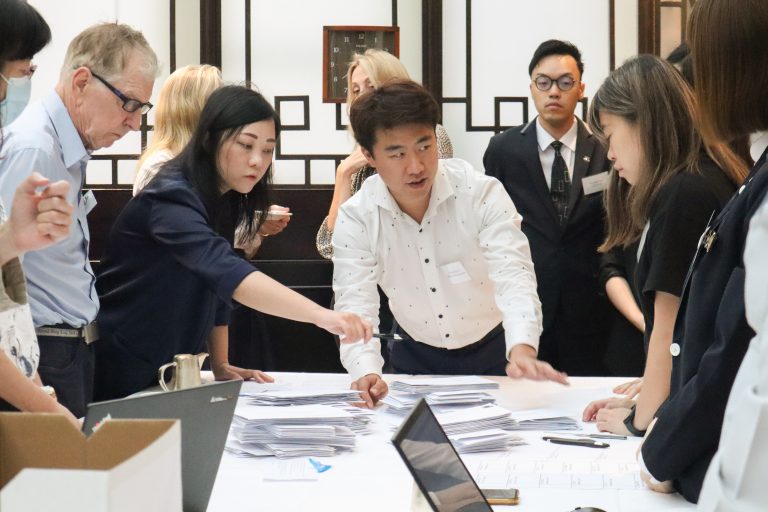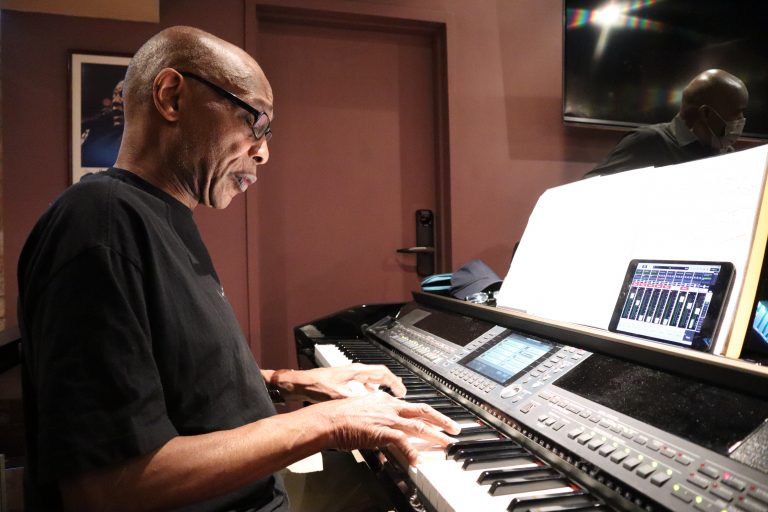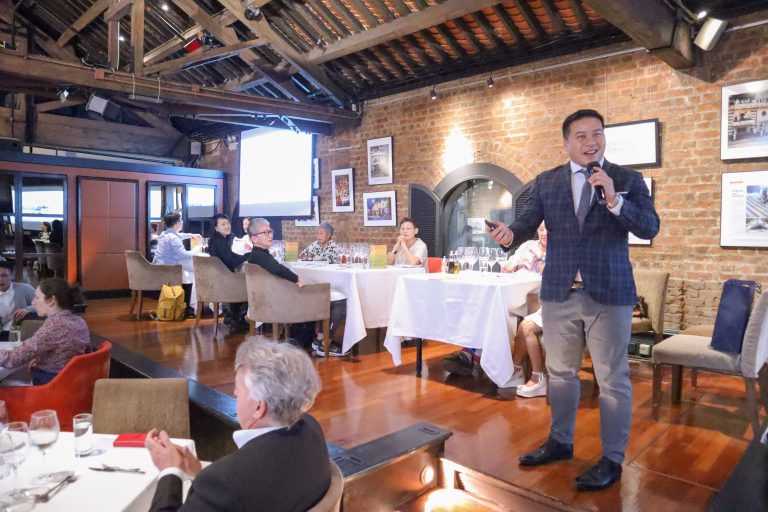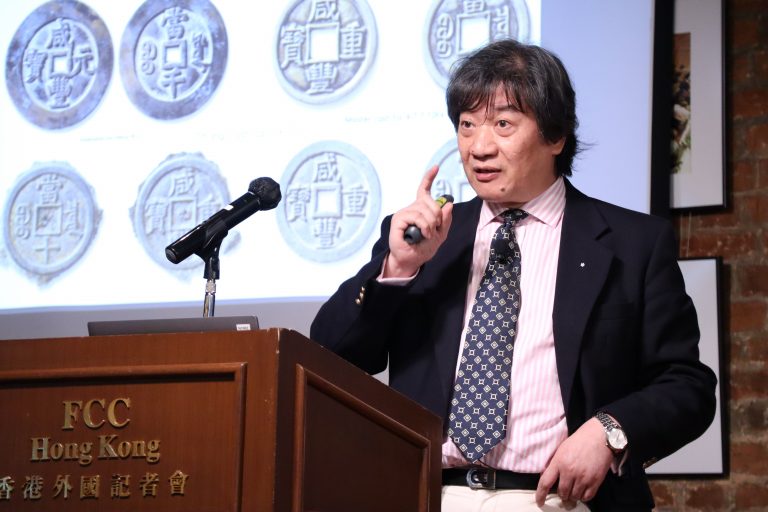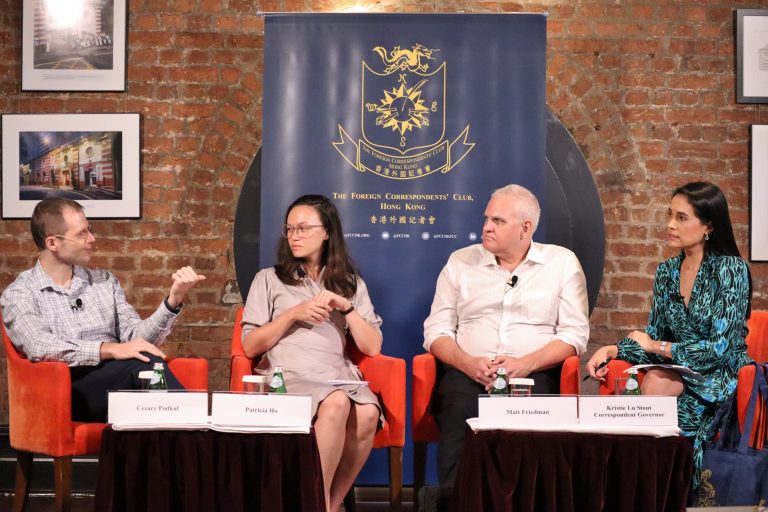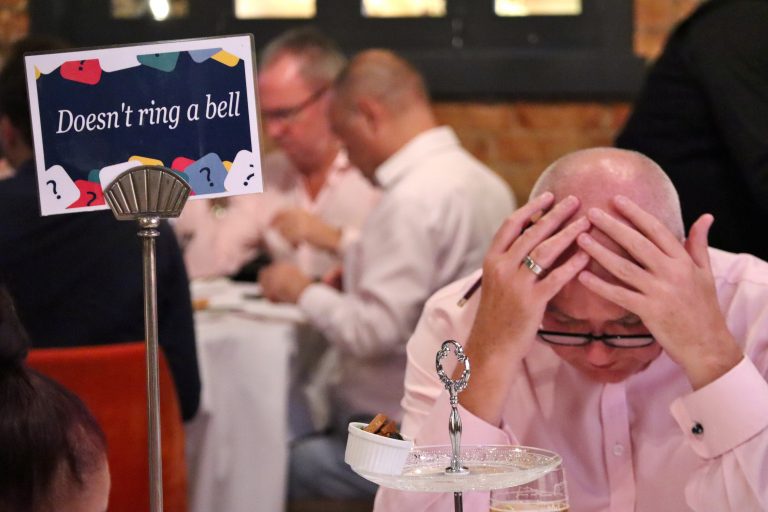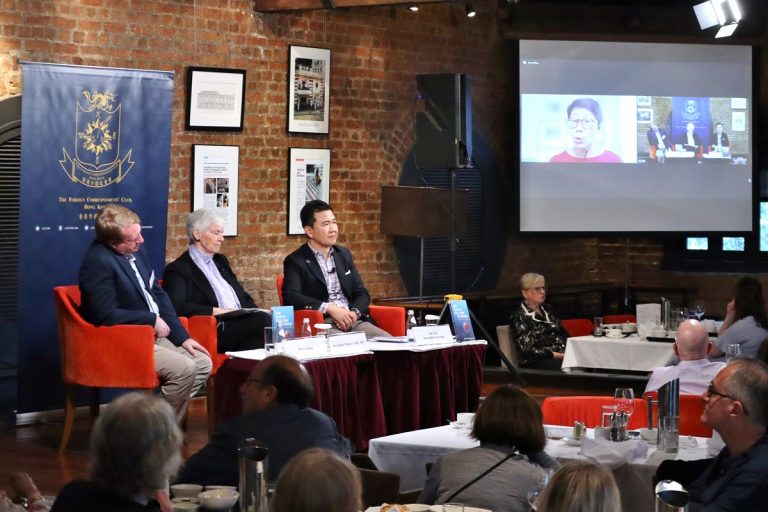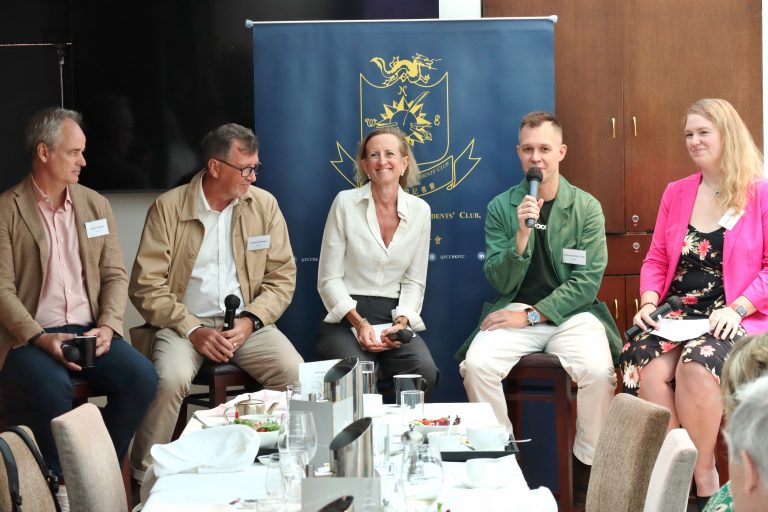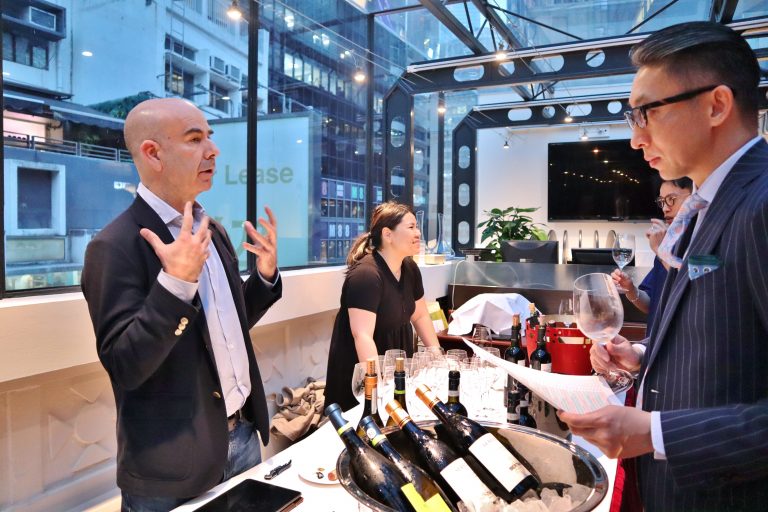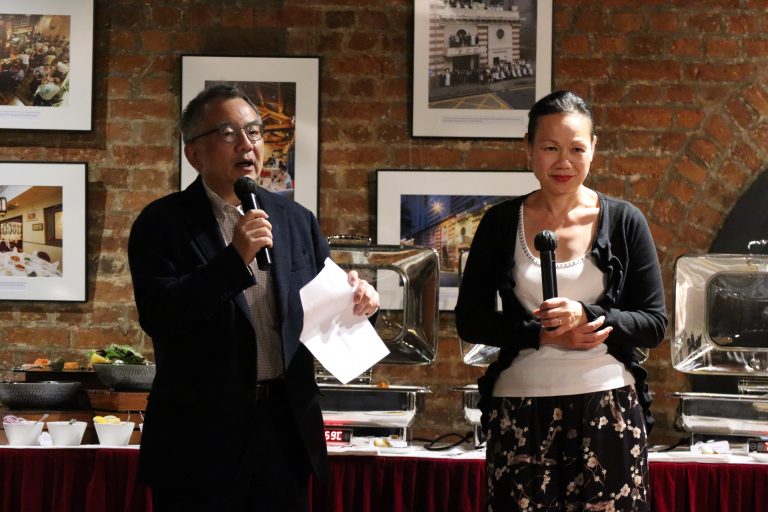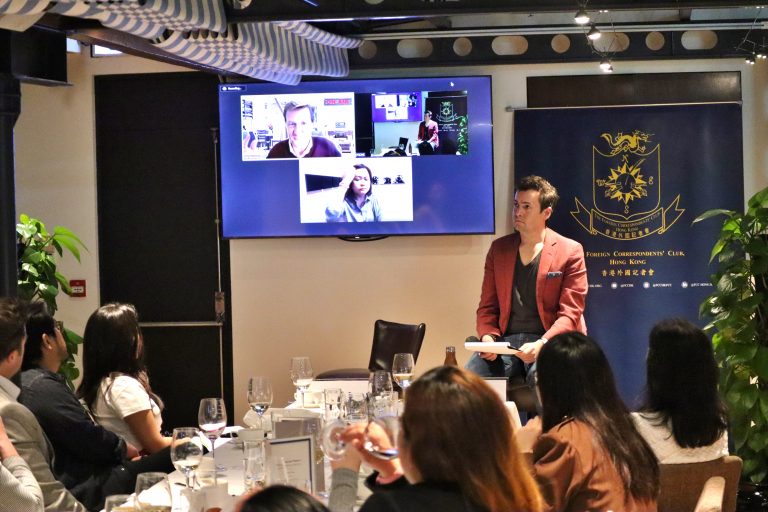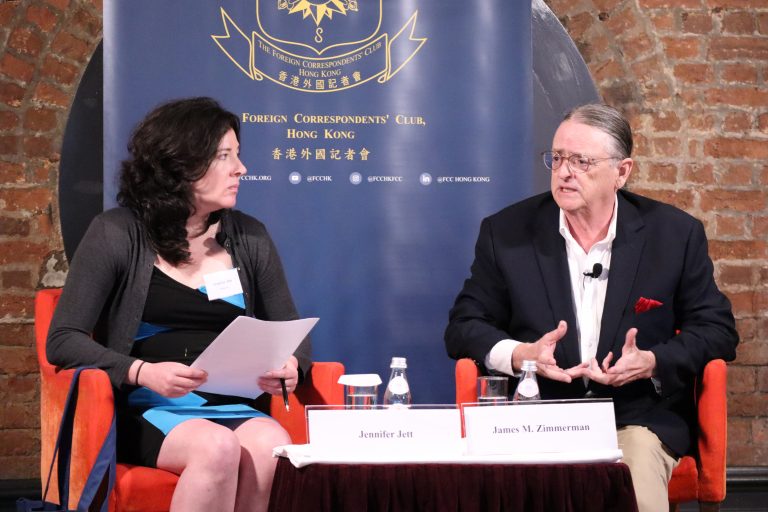
Fifty years on: The riots that shook Hong Kong in 1967
 A total of 51 people were killed, 15 died in bomb attacks, 832 were injured and 4,979 arrested, with 1,936 convicted. Photo: Hugh Van Es
A total of 51 people were killed, 15 died in bomb attacks, 832 were injured and 4,979 arrested, with 1,936 convicted. Photo: Hugh Van EsThe riots and subsequent acts of terrorism that shook Hong Kong for eight months half a century ago remain one of the most unsettling events in the territory’s postwar history. The actions by rioters, terrorists and the police led to 51 deaths, hundreds of serious injuries and thousands of arrests. They also served to galvanise the then colonial administration into enacting numerous polices and programmes intended to address what were recognised to be legitimate grievances among Hong Kong’s often exploited and abused workers.
Perhaps most importantly, however, the unrest became the touchstone that defined Hong Kong as a separate entity from China by the refusal of most of its inhabitants – many of whom had the recent experience of leaving the mainland to seek greater opportunities under a foreign flag than the motherland could then offer.
Assessing the origins and chronology of unrest is always contentious. Months of unrest in 1967 came a year after the Star Ferry riots, which appeared to be a spontaneous response to a fare rise and were suppressed in a couple of days with a single fatality, numerous injuries and hundreds of arrests. The Star Ferry riots followed far more serious unrest a decade earlier when communist and nationalist supporters clashed in what became known as the ‘Double Ten’ riots in Kowloon between 10-12 October 1956 in which at least 60 people were killed, some 400 seriously injured and a large number of public and commercial buildings wrecked or damaged. The police were at times overwhelmed and British troops from the local garrison were deployed ‘in aid of the civil power.’
By 1967 the Hong Kong police could muster around 13,000 personnel, including auxiliaries. The British army garrison comprised 5,000 Gurkhas, 4,000 British troops and 1,300 locally recruited soldiers, as well as three Royal Navy patrol boats and a small non-combat air force presence. Today, the police establishment stands at around 29,000 full time personnel plus 4,500 auxiliaries, assumed to be more than sufficient to ensure civil order can be maintained without recourse to China’s nearly 5,000 troops based in the territory.
While there are the obvious events that can transform individuals from relative quiescence into components of a dangerous and destructive mob, precedent as well as any carefully laid strategy, is likely to play its part. The weakness of the police in 1956 led to a substantial upgrade of its anti-riot capabilities, and within the colonial government the intention not to have to rely on troops to maintain order in the event of unrest. Among the leftist and communist groups active throughout all sectors of Hong Kong’s industrial and public service sectors, the 1956 riots served as a ready example of colonial suppression and police and military brutality.
These mutually antagonistic sentiments initially collided in a dispute at an artificial flower factory owned by Li Ka Shing in late April and early May 1967 when pickets seeking to blockade the premises were arrested by the police having refused to obey orders to disperse. No serious violence was reported and no injuries recorded.
This relatively innocuous incident served as the precursor for the colony’s communist run newspapers to accuse the police and the administration of brutality and persecution using the same vitriolic language and gruesome imagery that accompanied the unfolding Cultural Revolution across the border.
 Commercial Radio host Lam Bun was killed as he was driving to work during the 1967 riots. Photo: Wikipedia/Internet
Commercial Radio host Lam Bun was killed as he was driving to work during the 1967 riots. Photo: Wikipedia/InternetAs with the subsequent riots, it is also valid to set the clock back and consider the impact of British laissez faire economic policies in postwar Hong Kong that offered the multitudes fleeing China sanctuary in return for their very low-cost labour. Such a Faustian pact may have been justified for a limited period of transition and adjustment, but not as a one-sided accord as the colony’s commercial and colonial elites became increasingly wealthy and isolated from the majority of the population.
Street protests became increasingly more violent during May, in many cases triggered by the pro-Beijing communist papers on one side and countered by pro-government, status quo-orientated publications on the other. The pro-communist press, led by Ta Kung Pao, Wen Wei Po and the New Evening Post supported by smaller publications were given ‘guidance’ by China’s Xinhua news agency, Beijing’s de facto outpost in colonial Hong Kong. These publications produced daily copy detailing the brutal actions of the police and the iniquitous conduct of the authorities and their local lackeys.
These papers vied with others for Beijing’s attention through their unremitting and often hysterical coverage, rather than seeking to convince those who should have been the natural supporters of improved working conditions and a more equitable economic settlement in Hong Kong. There were also instances where the hard-pressed police did exceed their authority that could have had a far greater impact on a wider audience if reported soberly and with evidence.
The leftist focus on the police, rather than more theoretical issues of colonialism and capitalism, reflected the reality that the force’s purpose and structure was indeed intended to protect the few against the many. Britain’s colonial police were structured, trained and equipped in marked contrast to ‘Peelian Principal’ employed in much of the United Kingdom (Northern Ireland being an exception) that their duties should be performed with public consent. This liberal concept was rooted in the recognition that public cooperation with the police and the law in general diminishes proportionately to the degree of physical force required to secure compliance.
 The situation was inflamed by Cultural Revolution propaganda and provocateurs. Photo: Hugh Van Es
The situation was inflamed by Cultural Revolution propaganda and provocateurs. Photo: Hugh Van EsUnsurprisingly the local non-communist media, usually owned by companies, institutions or individuals with a strong interest in stability and their own commercial interests, offered overwhelming backing to the colonial administration and the police. Rumours, both spontaneous and constructed, added to the partisan divisions and helped fan mob violence and the authorities’ robust response. Throughout June clashes became routine, culminating in a five-day general strike towards the end of the month.
On 8 July the situation switched dramatically from being what could be viewed as a local affair that the police were able to handle to a potential conflict between China and Britain. On that morning a large crowd that had gathered on the Chinese side of the border at Sha Tau Kok suddenly surged across the largely open frontier to where a police contingent was drawn up. Once it became clear that the mob had no obvious intention of stopping, the police opened fire with wooden baton rounds and tear gas.
Militia personnel, either in the crowd or across the Chinese border, responded with live ammunition from several points, killing five police officers and wounding a further 11. A British army unit was rushed to the scene, took over from the police and order was quickly restored. According to some reports a Chinese militiaman was also shot dead during the incident, but it is unclear by whom.
The incident proved to be a pivotal point in the unrest. Within days of the Sha Tau Kok shooting what are now referred to as improvised explosive devices (IEDs), crude homemade bombs filled with gunpowder from fireworks and packed with nails and other metal and glass fragments, were being planted. According to the police 1,200 ‘bomb incidents,’ which included fake devices intended to distract and divert the security forces, were recorded from mid-July until the unrest subsided at the end of the year. The IEDs killed 15 people, mainly civilians but also three police officers, a British army bomb disposal expert and – perhaps most crucially – two young children playing in a public housing estate on 20 August by an IED the anti-communist press said was concealed in a toy.
This incident helped the authorities counter the communist media’s representation of the unrest, and were able to indirectly use the children’s deaths to justify the decision the previous day to ban three newspapers, the Tin Fung Yat Po, the Hong Kong Evening News and the Afternoon News and arrest their publishers, editors and printers on the grounds they actively incited people to plant bombs. Anti-communist sentiment also was seen by the colonial authorities to have increased, offering considerable encouragement and relief at a time when it became clear the military garrison, including reinforcements, may be required to offer more active support to the overstretched police while also maintaining a high level presence along the border.
The apogee of the unrest came on 22 August, when in apparent response to the banning of the newspapers and arrest of key staff, ultra-leftist Red Guards attacked the British embassy in Beijing, set it on fire and assaulted the diplomats. On 24 August Lam Bun, a popular Commercial Radio journalist noted for his fierce condemnation of the communists and their terrorist tactics, was attacked while driving to work and his car set ablaze; he died at the scene and his cousin who was also in the vehicle died a few days later. After these two incidents cooler heads in Beijing, notably Zhou Enlai, began to rein in the extremists in both China and Hong Kong. The number of IED attacks and violent clashes steadily diminished until by December the situation had returned to stability, if not normalcy.
 Soldiers were drafted in to deal with rioters.
Soldiers were drafted in to deal with rioters.As Hong Kong sought to restore confidence and its battered economy, not least by revising and reforming how the government related to its subject population, the question of what had triggered and then sustained the most serious crisis the colony had faced since the Second World War was largely related to the impact of China’s Cultural Revolution.
However, while Mao Zedong’s attempt to maintain the party’s revolutionary purity through what he may have viewed as creative destruction other more lucid and strategic thinkers, again notably Zhou Enlai, may have seen a confluence of distractions among China’s self-identified opponents as an ideal opportunity to establish some points that could aid Beijing’s post-chaos diplomatic interests.
A brief chronology of events beyond Hong Kong during the spring and summer of 1967 indicates such events that China’s ‘deep state’ could have viewed as worthy of their attention and where propitious, action.
In April 1967 Britain’s Labour government began internal discussions over closing down its huge military establishment in Singapore and Malaysia, a development Beijing would view to its long term advantage and one to be encouraged.
In early June Israel attacked its Arab neighbours in the ‘Six-Day War’, an event that absorbed much of the West’s diplomatic energies. Meanwhile more than 485,000 U.S. military personnel were in Vietnam seeking to defeat China’s communist ally; over 11,000 would die in the course of 1967.
 The protests became increasingly violent. Photo: WS.EDU
The protests became increasingly violent. Photo: WS.EDUIn mid-June 18 British soldiers were killed in Aden when the police mutinied during the U.K.’s preparations to leave the colony. The reaction to the deaths in Britain indicated public opposition to casualties in what most people regarded as a pointless conflict, again a sentiment unlikely to be lost in Beijing.
On 18 July the British Labour government formally announced its intention to withdraw from ‘East of Suez’, the exception being Hong Kong. In 1967 the lease on the New Territories had exactly another 30 years to run and no Chinese leader could imagine them then not being recovered. For some in Beijing any demonstration of the cost of British intransigence over future negotiations may have been seen as a welcome – if distant – marker.
Although it’s not possible to directly link such events to the disturbances in Hong Kong, it would be equally unwise not to credit those Chinese leaders who sought to preserve their nation amid the anarchy and nihilism that marked the Cultural Revolution with seeking to extract some advantage from their course.
An exhibition of photographs taken during the 1967 riots, “Looking Back: Hong Kong 1967 Riots”, was on display in the Main Bar until May 14, 2017.
Meanwhile, in Kent…
by Gavin Greenwood
In the late summer of 1967 part of a small British army base in Kent was transformed into an operations centre to ‘game’ the situation in Hong Kong in order to train specialist personnel and test various scenarios as to how they might play out from a military perspective. Huge maps of Hong Kong hung from the walls, field telephones, tactical radios and a couple of teleprinters were installed and personnel from all three services, plus some police advisers, spent five days working around the clock to become as thoroughly immersed in a location more than 6,000 miles away.
The primary concern was whether China would seek to exploit a situation viewed as one of its own creation to justify a major cross-border thrust intended to force the British to return Hong Kong to Beijing’s control or to strengthen the central government’s position in the Cultural Revolution by invoking the threat of the external enemy.
‘Ops’ centre personnel were fed real time tactical information and data via phone, radio, telex and often barely legible handwritten messages – often with a muddy boot print planted across the scrawl for added authenticity – from numerous military and police sources ostensibly located along the Hong Kong-China border.
The task was to quickly distill, ‘triage’ and offer an assessment of what was happening within visual range of the British observation posts (OP) and patrols strung out along the border. The controlling staff, who cannot have had much time to assemble the exercise, clearly enjoyed laying false trails and steering the increasingly tired and stressed analysts into utterly wrong conclusions.
This participant became extremely excited when a ‘Gurkha’ breathlessly informed him over a crackling radio (an effect apparently achieved by crunching an empty crisp packet next to the mic) that ‘a big Chinese truck with a long pipe’ had arrived opposite his OP. This was a potentially game changing event as only the PLA possessed heavy guns and to date the Chinese side of the border had been manned with lightly-armed militia units. An artillery symbol was duly marked on to the map of the Sha Tau Kok sector, where it remained until a more experienced participant pointed out that gunners tended to move in groups with numerous support vehicles and it was probably just a civilian crane – as a subsequent ‘signal’ confirmed.
The exercise ended, as did the actual crisis, without a shot exchanged by either side’s regular forces. The overall assessment was that the Chinese government’s intention had been to cause sufficient confusion along the border to pin down British troops in order to prevent them being deployed in support of the police in the urban areas; there had been no risk of a serious cross border incident and certainly not an invasion. The exercise also demonstrated, at least to me, how readily errors on either side by junior personnel could, unchecked, turn a crisis into a catastrophe.


